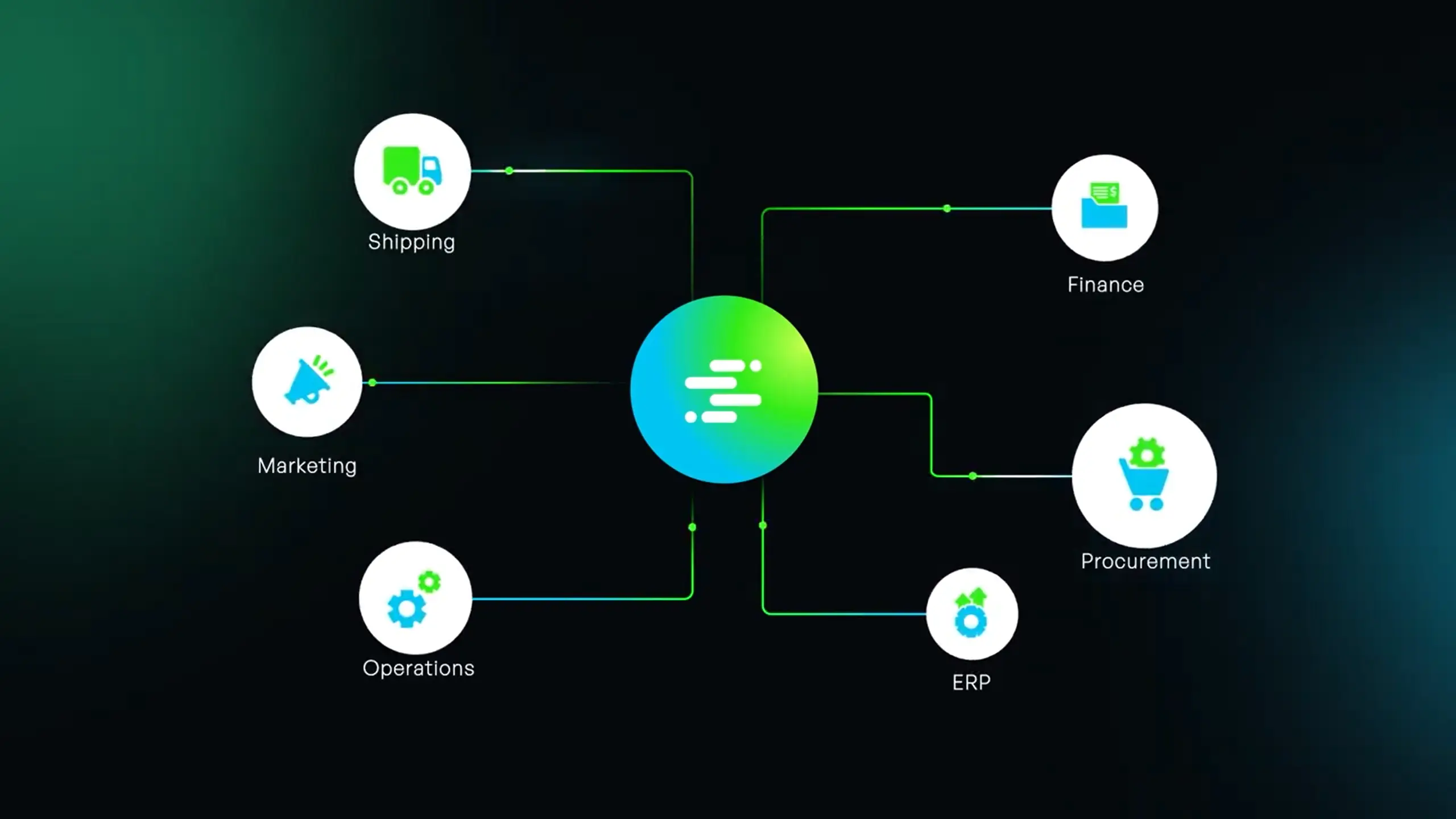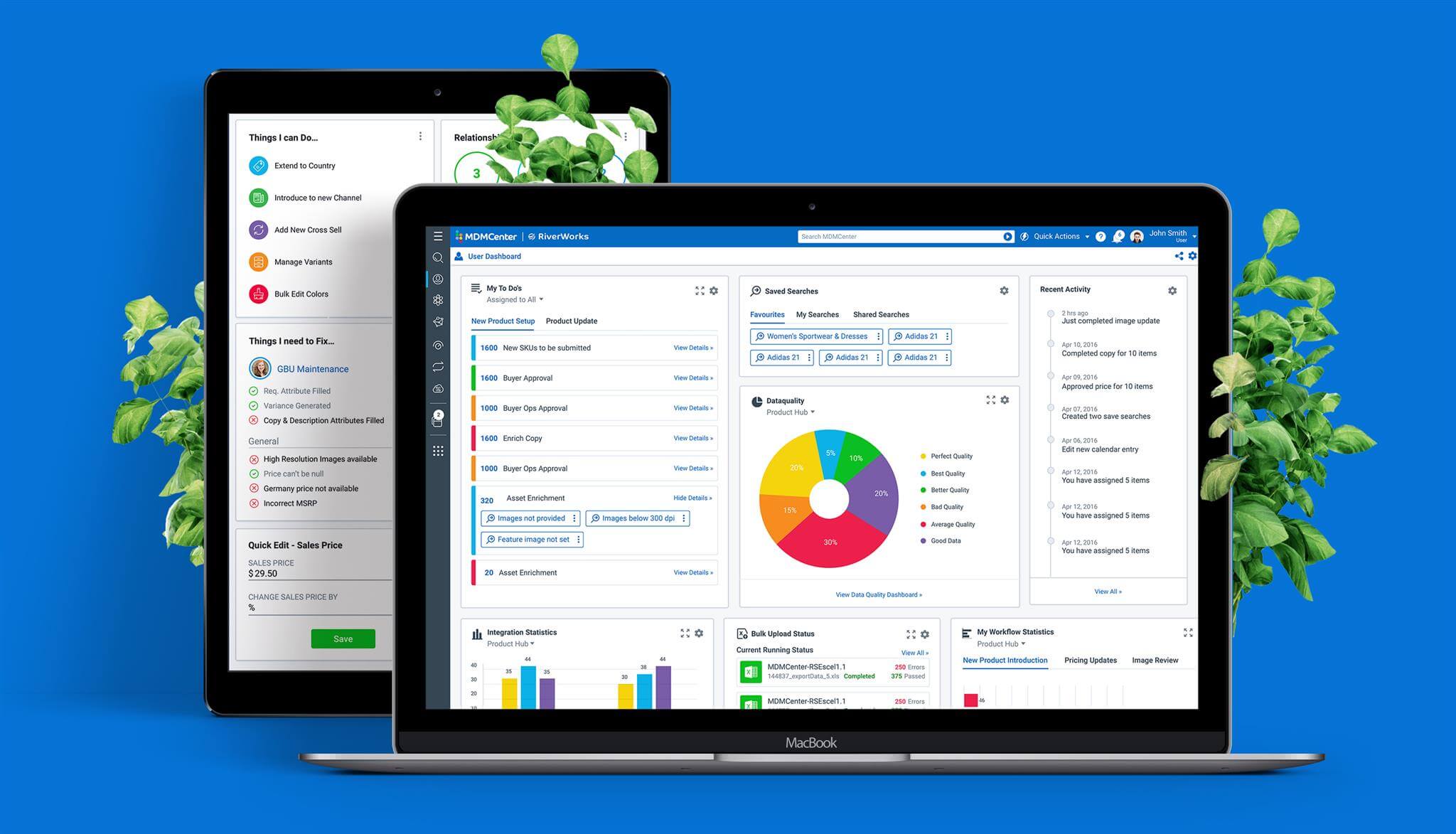By Ben Rund, Syndigo VP Alliances, EMEA
There is one thing companies who subscribe to eCommerce solutions often do not see. Not only do they miss crucial business opportunities, but also eCommerce sales are impossible without it:
Without correct, complete, and current data, eCommerce sales are not possible.
Selling fashion, or electronics—or any product for that matter—is not as simple behind the scenes as it may seem on a product page. And it is often the large datasets, like MDM and PIM, coordinated across departments, items and vendors that make it all work. These following examples are just a few of many that we have noted, and they show that the need for data to drive this market is bigger than you may realize, and how having good data can drive digital commerce success in the future.
Shop the Look
Online pure play marketplace, Zalando is an important influencer in the purchasing process of a fashion shopper in scores of European markets. To provide an amazing shopping experience on their platform, they launched their Shop the Look offering in 2015 for the first time.
With Shop the Look, customers could combine items to order complete, coordinated outfits, rather than single items, or discover other looks that feature their favorite items of clothing.

The above product page is just five articles of clothing, with three additional suggestions. But if you feature over 20 million products from over 1,000 suppliers, the challenge gets complex. You have to arrange and consolidate different color schemes, patterns, size charts, fabrics, styles and other important details to one common standard to enable these bundles to be shown. And it needs to be done in real-time, as the shopper browses.
Let’s consider a completely different industry, with even more complex dependencies such as the automotive aftermarket, (think of windshield wiper blades, bulbs, gaskets, engine parts and every other spare part that must match a brand, model, series, etc.) building materials and construction (think of all large and small things needed to build a roof), or others.
The point is, the massive amounts of data needed to be presented for shoppers (or B2B customers) must be accurately described, categorized, and connected to each other in ways that are meaningful to the customer. And it is PIM and MDM systems that make it happen.
The Three Important eCommerce KPIs
In an extensive survey that I conducted in collaboration with a local university, we polled 400 retailers and manufacturers in leading roles across 14 countries, to understand key business metrics before and after implementing a PIM/MDM solution. The study delivered more than 30 pages of measurable results, divided into three main areas: revenue growth, cost savings and operational efficiency. While the press release summarizes the key findings or KPIs of the research, The most compelling outcomes were:
- Conversion rates increased by 35% using PIM
- Margins increased by 44% using PIM
- Speed in time-to-market became 75% faster in eCommerce using PIM

These three KPIs – Conversion rate, margin increase and speed in time-to-market are incredibly important to measure in evaluating the effectiveness of data management and driving effective business.
Here is another list of KPIs, business outcomes and benchmarks, that are impacted by the use of PIM & MDM solutions. It is a collection of nearly 20 years of actual market performance with companies across the globe. These measures may also help you to find and define the objectives for your business.
Industry Examples of Business Outcomes
Music & entertainment retail: Sales increase through faster SKU build & launch time; Improved time to market from 12 days to 4 days; Enabled product volume from 1M to 2M+
Fashion luxury retail: Productivity enhancement by 50-60% with improved data quality.
Beauty & drug store retail: Increased productivity by 33%; Reduced new product introduction timeline by 80%
KPIs that significantly improved productivity and cost reduction
- 3x more output with the same team (multi merchant retail)
- 60% less steps to enrich products online (from 15 to 6 steps) (luxury retail)
- 100% less email exchanges to share and collect media data (from 25 to 0 emails) (luxury retail)
- 50% less in workload for data stewards (industrial distribution)
KPIs on speed & time to market
- 4x faster introduction of new products (multi merchant retail)
- 67% faster creation of customer quotes (from 60 to 20 min) (building distribution)
- 70% faster translation of product information (from 10 to 3 days) (luxury retail)
- 94% faster system integration from a new subsidiary acquisition (from 3 months 5 days) (industrial distribution)
- Up to 60% faster time to market by decreasing time to onboard new online product information (from several hours to only a few minutes) (consumer electronics)
- Grow the business 60% and hit sales targets and within two years as the full product range is available online (multi merchant retail)
KPIs on customer experience
- 25% less returns for online orders thanks to rich product information and informed purchase decisions (building material)
- Increased average basket size by 21%thanks to improved cross selling (building material)
- Increased online range coverage from 12% to 96%(multi merchant retail)
- Supported conversion rate boost of 10% to 20% (fashion brand)
KPIs on improved product data quality
- 80% reduction of product data quality issues (multi merchant retail)
The “Syndigo Effect”
MDM & PIM solutions have been in the market now for about 20 years. Yet still today I get the question at least twice a month, where customers ask for measurable outcomes and examples. The simple fact that these solutions have been driving business success for most large organizations isn’t up for debate. The real question comes down to how one justifies an investment or upgrade in PIM or MDM and determining a company’s speed-to-value—the time it takes to begin recognizing financial payback for the investment. (BTW: The question of how to build the business case and get funding for your MDM/PIM program will be covered in a separate blog).
That is one shift that has happened in recent years that is different from 20 years ago. Today’s solutions delivered by companies like Syndigo are cloud-native and SaaS-based, even as we can customize each solution to a specific set of needs. This is how we can show that the “Syndigo Effect” is real—the effect of speed-to-value. For example, Syndigo’s solutions range far beyond PIM and MDM to include actual eCommerce content syndication, optimization and analytics. By looking across our client base of over 15,000 brand, retail and distributor companies (and all the shoppers they serve), we can deliver KPIs like these:
- More than 4.3 billion shopper impressions for Syndigo clients in 2021
- US$1.86 billion in estimated cart value generated by Syndigo Enhanced Content for clients during the initial week of 2021 holiday season
- Average add-to-card rate increases with Syndigo’s Enhanced Content of 34% across industries.

Conclusion
Master Data Management solutions that follow the advantages of real-time economy using a no-code or low-code level, are the next big bet for investors and business leaders. Additionally, when combined with Syndication and eCommerce Analytics, these solutions are faster in speed-to-value overall.
These solutions allow eCommerce businesses to reach new heights by enabling scale & speed with optimized operational efficiency. They connect products, customers, employees, suppliers, locations and more. Content that creates second to none experience is THE factor for meeting ecommerce KPIs.








